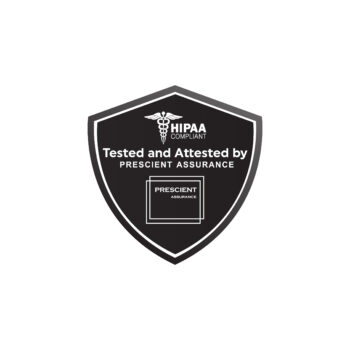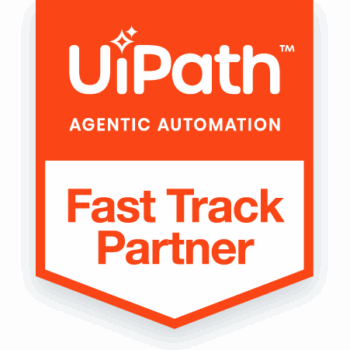
I was recently at the HFMA 2025 Conference focused on Revenue Cycle Management. Much of the talk was around AI which included a keynote address from Zach Kass formerly of OpenAI to kick off the first day. He encouraged leaning into the benefits of AI and referred to the technology as a tool. Humans have forever used to tools to accomplish things we can’t ourselves. AI is no different.
This brings me to examining the other hot topic at the conference, Claims Denials. I spoke with several Providers and Solution Providers about some of the issues they are facing. Many issues were fairly typical of what our customers experience: ever changing Payor plans, little or no information as to why something was denied and coding errors. Solution providers have up to this point provided some help to lower denial rates, through automation, analytic reporting and somewhat limited predictive AI. It’s widely reported that before COVID the denial rate was 9%, today it’s above 12%. In some cases, a payer can downgrade the procedure they will reimburse with no notice, and it can cause excessive rework and lead to potentially write off the claim. With denial write-offs trending toward 5%, that is a lot of money being lost by providers that are struggling to achieve any type of positive margin. Historically a well-run Provider system could expect to be at 6%, today many are struggling to stay in the black above 0%.
The benefits of deploying AI and RPA are not just theoretical. A number of healthcare providers have deployed bots in their revenue cycle operations and reported the following results for different types of bots as referred to in RCM Advantage by Jonathan G. Wiik, 2024.
- The Medical Coding Bot: This bot looks at the claim information, reviews the coding, and assigns a code. Providers who deployed this bot realized an average labor savings of between 3.5 and 4 FTEs (full-time equivalents) and saw an ROI of between 525% and 875%.
- The Payment Posting Bot: This bot reviews the payment information from payers; posts cash and adjusts accounts as appropriate. Providers who deployed this bot realized an average labor savings of between 2.5 and 3 FTEs and saw an ROI of between 358% and 533%.
- The Eligibility Bot: This bot reviews eligibility responses in the EHR patient access system to verify eligibility for Medicare and Medicaid patients. Providers who deployed this bot realized an average labor savings of between 0.35 and 0.6 FTEs per provider site per year.
- Late Charge Management Bot: A late charge management bot can leverage the pricing information in a contract management system to adjust the charge for claims that will not have a net reimbursement effect on a net reimbursement claim. Providers who deployed a Late Charge Management Bot realized an average labor savings of between 0.35 and 0.6 FTEs per provider site per year.
There are many reasons decision-makers are considering Intelligent Automation solutions for their back-end office challenges. One reason we are hearing more referenced by our customers and prospective clients is related to labor challenges. From our perspective this is a problem that CANNOT be solved by hiring more people, necessarily. This problem requires Intelligence and Automation. A Provider needs a strong data set that is used dynamically by the tool to help solve this problem with AI and automation to “prevent death by a thousand clicks,” as one of our prospective customers recently expressed to us. And this is just a sliver of what this tool can assist with. CampTek has also found success with using this technology with managing “appeal letters.”
There are a lot of words floating out there about AI. At the end of the day, CampTek is working with a very specific fraction of the technology and successfully making it work for the solution and our customers in secure, effective, and time- and cost-saving ways. We believe in what we are able to offer with this Intelligent Automation toolkit and are excited for what is possible for our customers.
Written by: Peter Camp, CEO & Founder




